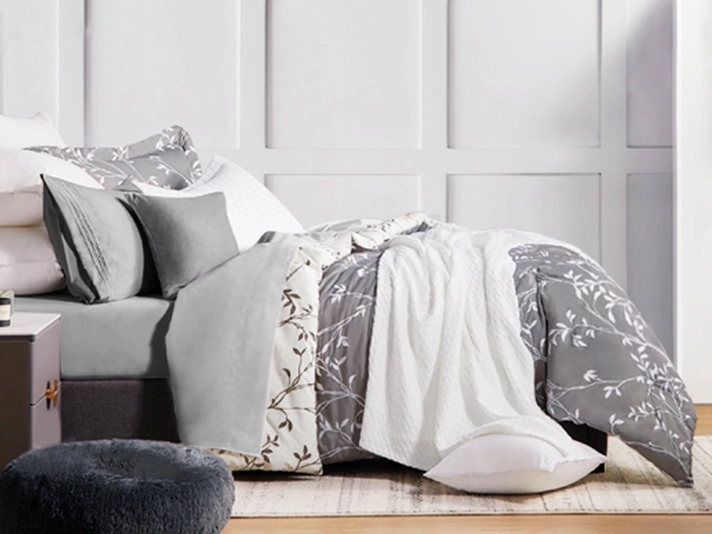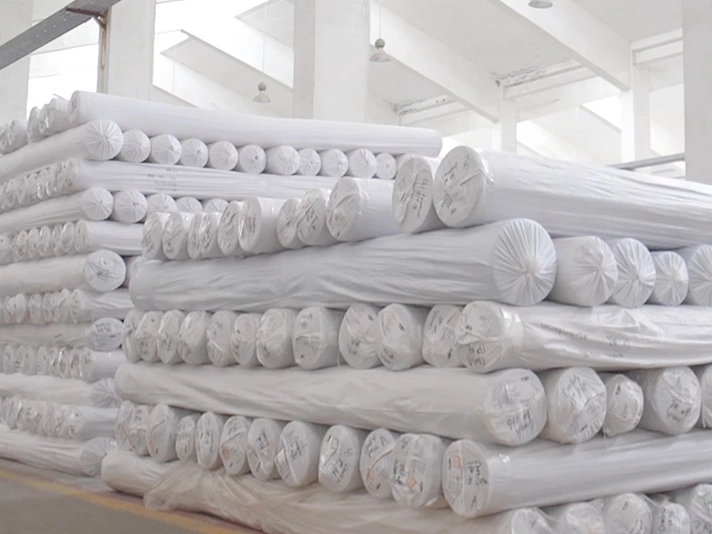Affordable Pricing Options for Medical Bed Sheets to Enhance Patient Comfort and Care
The Price of Medical Bed Sheets A Comprehensive Overview
When it comes to healthcare, the importance of maintaining high standards of hygiene and comfort cannot be overstated. One of the key components in ensuring patient care are medical bed sheets. These sheets, specifically designed for hospital beds and long-term care facilities, serve a dual purpose they provide comfort to patients while also preventing the spread of infection. With the increasing demand for quality medical bedding, understanding the factors that influence the price of medical bed sheets is essential for healthcare providers, hospitals, and purchasing managers.
Factors Influencing the Price of Medical Bed Sheets
1. Material Quality The material used in the production of medical bed sheets greatly affects their price. Common materials include cotton, polyester, and blends. Cotton sheets, known for their softness and breathability, tend to be more expensive than synthetic options. High thread count sheets offer increased durability and comfort, which can also raise their price. Additionally, specialty fabrics treated for antimicrobial properties or fluid resistance typically command a premium cost.
2. Size and Design Medical bed sheets are available in various sizes, accommodating standard hospital beds, as well as specialized equipment like stretchers and examination tables. Custom sizes or designs tailored to specific medical settings can further increase prices. Standardization in quantities may lead to cost savings, as purchasing in bulk can reduce the overall expenditure.
3. Brand and Certification Just like any other product, the brand of medical bed sheets plays a significant role in determining their price. Established brands that prioritize quality, rigorous testing, and certifications such as OEKO-TEX or ISO are likely to be priced higher than lesser-known manufacturers. This brand premium reflects the trust hospitals place in the reliability and safety of the products they choose.
medical bed sheet price

4. Functionality Features Some medical bed sheets come equipped with additional features designed to enhance patient care. For instance, sheets with moisture-wicking capabilities, anti-static properties, or those designed to prevent bedsores can justify a higher price tag. These innovative features improve patient comfort and safety, which are invaluable in a medical setting.
5. Supplier Overheads The cost structure of suppliers can also affect prices. Factors such as warehousing, distribution, and logistics play a significant role in the final pricing of medical bed sheets. Healthcare providers may find that local suppliers offer more competitive pricing compared to national suppliers due to lower shipping costs and shorter delivery times.
Budgeting for Medical Bed Sheets
Healthcare facilities must carefully budget for medical supplies, including bed sheets. Although it may be tempting to opt for the cheapest options available, it is crucial to consider the long-term implications of such a decision. Lower-cost sheets may need to be replaced more frequently, ultimately leading to higher costs over time. Investing in high-quality medical bed sheets can result in improved patient satisfaction, enhanced durability, and lower infection rates, which are all critical metrics in healthcare settings.
Conclusion
In summary, the price of medical bed sheets varies widely due to factors including material quality, size, brand reputation, functionality, and supplier costs. For healthcare providers, making informed decisions regarding these purchases not only impacts the facility's budget but also plays a crucial role in patient care. By understanding the intricacies of bed sheet pricing, facilities can ensure they are providing their patients with the comfort and hygiene that are paramount to recovery, while also managing their financial resources effectively. Careful consideration and strategic purchasing can transform a seemingly simple item into a vital component of quality patient care.
-
Creating a Spa Day with Plush Waffle Bath RobesNewsAug.14, 2025
-
How to Cut Linen Maintenance Costs by 30% with Proper Polycotton IroningNewsAug.11, 2025
-
Elevating Comfort and Quality with the Right Bed LinenNewsJul.07, 2025
-
Bedding Essentials: From Percale Sheets to White Quilts, Finding Your Perfect Sleep HavenNewsJul.07, 2025
-
Choosing the Right Bedding for a Comfortable and Stylish BedroomNewsJul.07, 2025
-
Understanding the Diverse World of Towel TypesNewsMay.29, 2025
-
The Ultimate Comfort: Discover the Benefits of Polycotton SheetsNewsMay.29, 2025






